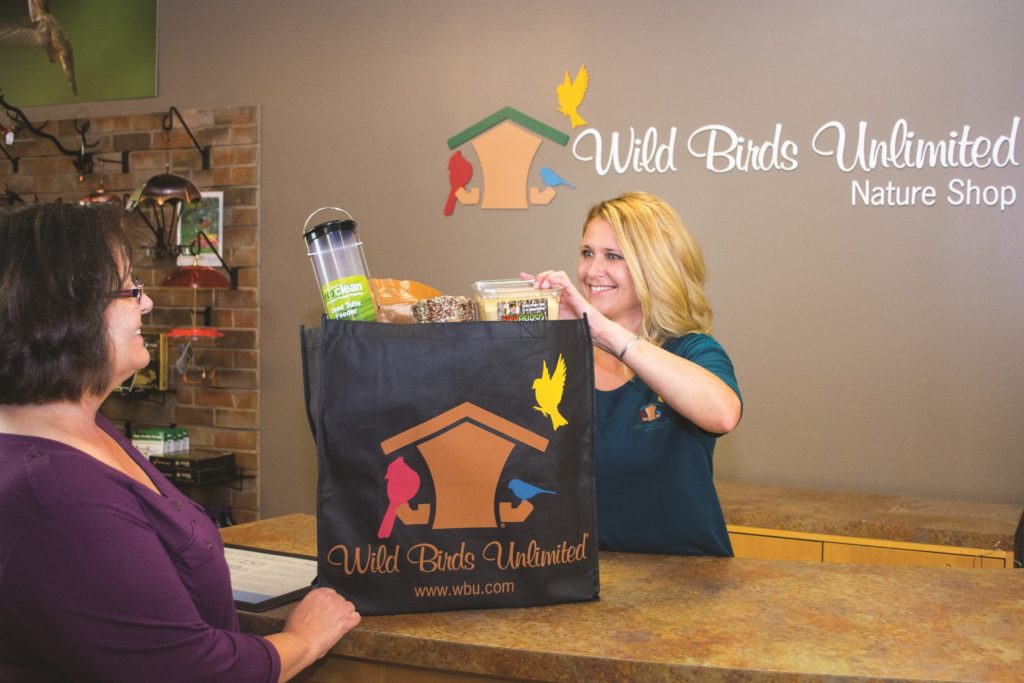
If you are interested in buying a business, there are a few terms that can be unclear and it’s important to comprehend them before making the leap. For instance, a common question is, what is the difference between licensing and franchising? Here’s a guide with that answer along with some examples.
Franchising and licensing are both business agreements that have some of the work already done for you. Licensing and franchising allow a business to use trademarks, technology, and business systems for a fee.
The difference is that licensing is more limited. Licensing means you can use a trademark or technology or other intellectual property asset. Franchising, on the other hand, encompasses branding, the business model, and all operating systems of a company.
Franchising is a ready-made business plan — you pay the entry fee, or in this case, a franchise fee, to unlock the door to your turnkey business. You must follow the guidelines of the established business or franchisor, but in turn you, the franchisee, purchase the opportunity to be a business owner with a reputable brand name, using a franchisor’s business model, receive extensive on-board training and continued support for the life of your contractual agreement, which is usually about 10 years. That franchise agreement says the franchisor is giving the franchisee the legal right open their location by repeating the franchisor’s business model.
Legally, there are three key items that create a franchise agreement, according to the Federal Trade Commission, the agency that regulates franchises. The federal franchise rule says the elements needed to constitute a franchise agreement are trademark, operations and a fee, which must be at least $500.
Licensing, on the other hand allows you to obtain the rights to a certain asset of the business. It’s a piece of the pie, rather than the entire pie. Licensing places a price tag on trademarks and technologies so that an independent business can use it with their own brand. You can control your own business your own way, except, you utilize the license asset as agreed upon in a contract.
That agreement creates a relationship between the licensor, or the owner of the trademark or technology, and the licensee, or the person being granted use of those assets for a fee. The license agreement can be exclusive or non-exclusive. Those assets can include a wide variety of intellectual property including trademarks, copyrights, patents, and music. The purchase fee can be set up to be a one-time flat, fixed fee, or on-going fee, dependent on criteria like usage or sales. Licenses are governed by their own sets of rules at the state and federal levels.
You’ll notice both licensing and franchising are ways for owners to grow their businesses. Business owners can profit by franchisees using their business model or in the case of licensing, profit by allowing other businesses to use intellectual properties like trademarks, designs, and copyrights.
Licensing Examples
To make an educated choice about the type of business you want to own, here are a few examples of licensing.
When it comes to use of trademark, Disney is one of the best examples of a corporation, licensing its intellectual property. Take Mickey Mouse. Each time a clothing company wants to use Mickey on their t-shirt, pajamas, slippers, or sweatshirts, to name a few items, the clothing company would pay a license fee to Disney for the use of Mickey’s image.
Another example is Apple computers. Part of the fee for computer-users gives them the ability to operate their MacBook using licensed Apple software.
An interesting licensing concept is Starbucks. Although they are corporately owned, they provide licensing arrangements. This is why you see a free-standing Starbucks or a kiosk in a grocery store or on college campuses or in Barnes and Noble bookstores, for example. These locations pay a fee to serve Starbucks in their establishment.
Franchising Examples
Franchising on the other hand is a repeatable model that franchisees pay to use. These are brands that can be purchased and run by franchisees. These are companies that are growing by branching out through franchising all over the globe.
In the US alone, there are more than 750,000 franchises, employing eight million people.
Wild Birds Unlimited is an example of a well-established franchise. We’ve grown to more than 350 stores throughout the US and Canada in our 40 years in business as an outdoor wildlife franchise, designed to provide goods and services to bird feeding enthusiasts.
We’ve become an award-winning franchise because of the dedication to our mission to “… Bring People and Nature Together…and We Do It with Excellence.” We are committed to bring our customers the highest quality and service while maintaining our reputation as a top-notch franchise.
After learning the difference between licensing and franchising, if you are ready to enjoy your dream of business ownership by using our established and award-winning model, then come fly with us. Let’s get started with the application you see on our website and we’ll get the conversation going.
